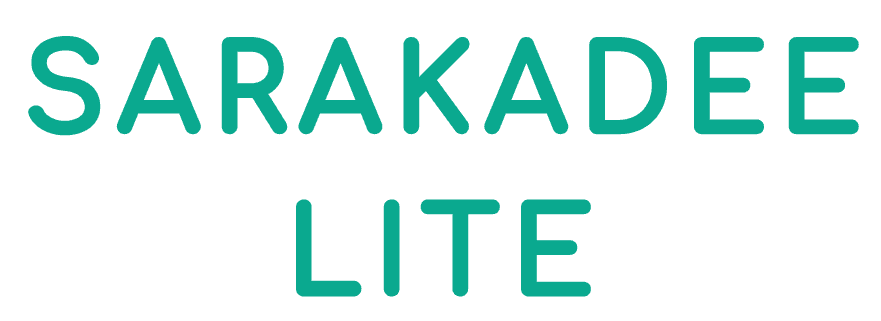What exactly Web Encounter?
What is a Internet Attack?
Internet attacks target vulnerabilities in websites to gain unauthorized get, obtain confidential information, add neoerudition.net/5-cybersecurity-protocols-that-your-cybersecurity-engineer-should-apply destructive content, or alter the website’s content. That they may also introduce a denial of service to world wide web servers.
XSS: Cross-Site Scripting (XSS) is an extremely prevalent and common technique which allows attackers to inject client-side code in web pages. This kind of code may be used to steal end user credentials, gain access to databases and configuration files, or perhaps execute various other malware.
CSRF: Cross-Site Ask for Forgery (CSRF) is another sort of XSS panic that causes the victim’s browser to perform a request for the website’s backend devoid of their expertise or consent. This can bring about the damage of beneficial confidential data or possibly a complete web application failing.
MITM: Man-in-the-Middle Attacks certainly are a form of eavesdropping that puts the attacker in the middle a client and a web server, hijacking connection between them and intercepting data and security passwords. This can be completed with the use of a proksy or earthworm, which is a piece of software that operates on an alternative device and uses the world wide web to send demands to another laptop.
DDoS: Sent out Denial of Service (DDoS) attacks are being used by hackers to overburden web machines with traffic. This overwhelms them and causes the storage space to crash or decrease the pace of, leaving legitimate tourists unable to use the site.
The best way to mitigate web scratches is to ensure that all applications and hosting space are patched regularly. This can include all systems and applications, as well as any other components that could present vulnerabilities to cyber-terrorist.







